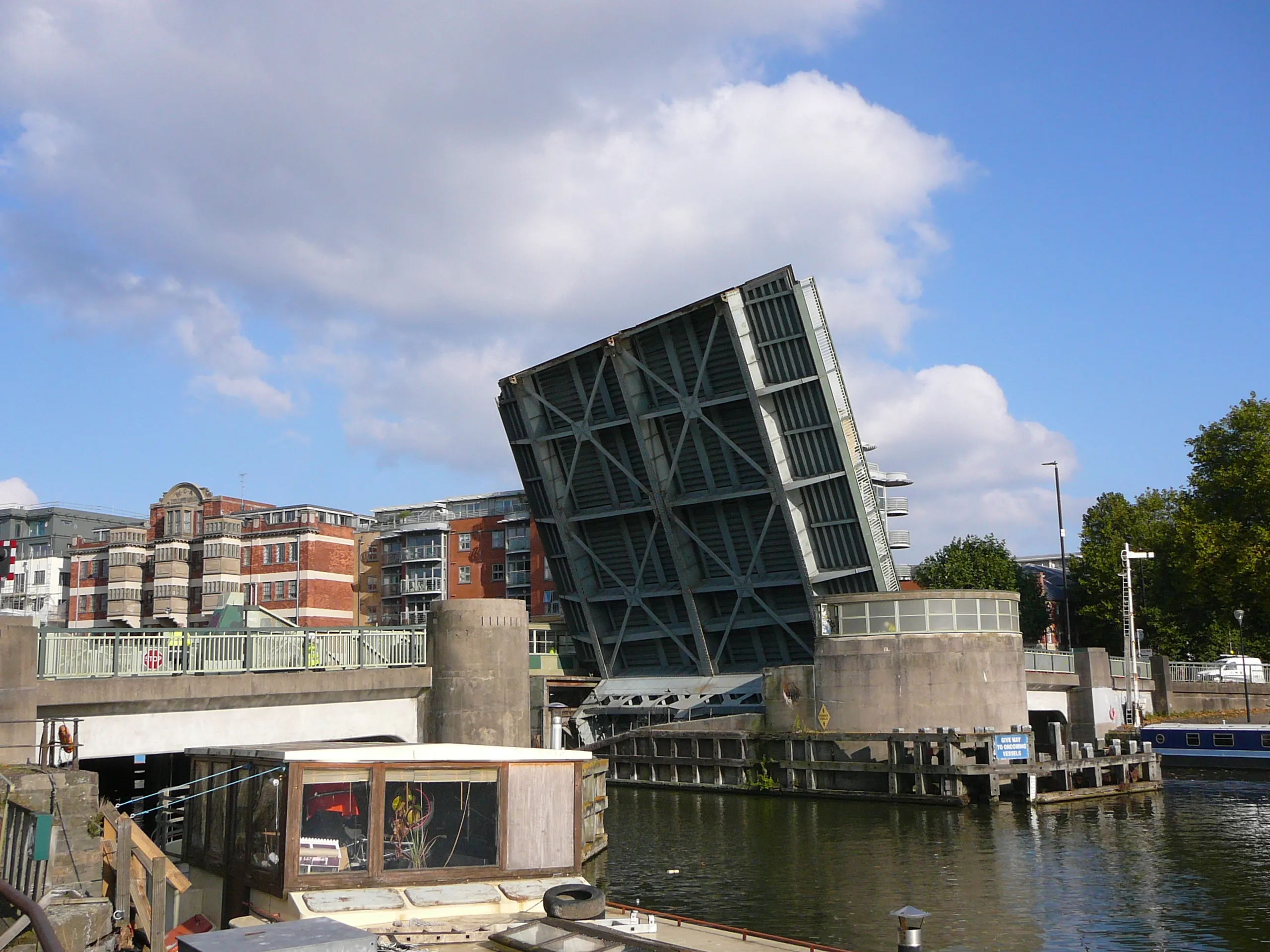Serbia should invest €1.5 billion a year over the next 20 years in order to finish all capital projects, which include road and railway Corridor 10, Corridor 11, the Danube (water) Corridor 7 and bridges in Novi Sad and Belgrade. Investments of €22 billion in infrastructure are planned in the next 17 years.
May 14, 2012
Read time: 1 min
Serbia should invest €1.5 billion a year over the next 20 years in order to finish all capital projects, which include road and railway Corridor 10, Corridor 11, the Danube (water) Corridor 7 and bridges in Novi Sad and Belgrade. Investments of €22 billion in infrastructure are planned in the next 17 years.






